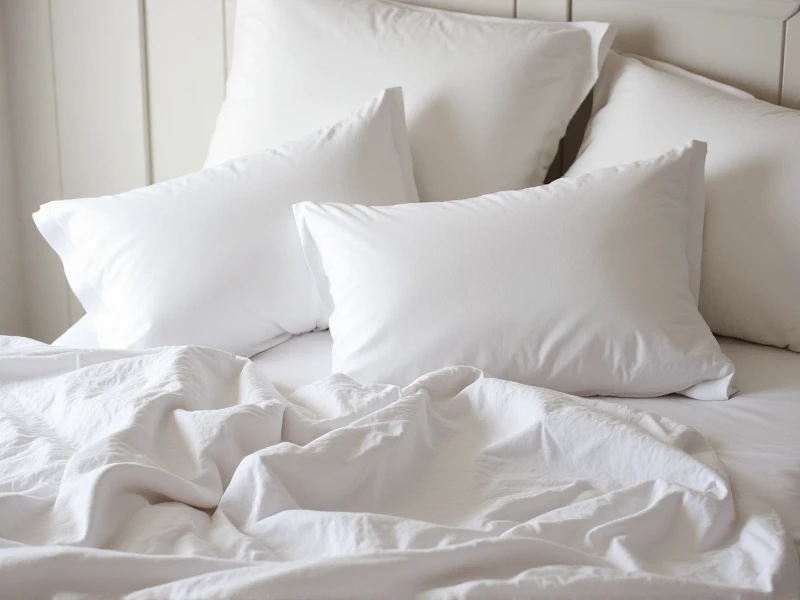The Cutting Edge of Textiles: Innovation, Sustainability, and Style

Textiles are far more than just the fabrics we wear and use every day; they are a dynamic force driving innovation, sustainability, and global commerce. From ancient weaving techniques to cutting-edge nanotechnology, the world of textiles continues to evolve, pushing boundaries and redefining possibilities.
Modern textiles seamlessly integrate advanced materials and smart technologies. We now see fabrics that monitor health metrics, regulate temperature, and resist bacteria. Technical textiles enhance performance in industries ranging from medicine and aerospace to automotive and protective gear. Think self-cleaning coatings, conductive threads enabling wearable tech, and lightweight composites replacing traditional materials. These innovations make textiles crucial components in solving contemporary challenges.
Sustainability is no longer optional; it's the cornerstone of progress in the textiles industry. Environmental concerns have spurred remarkable developments. Recycled textiles, derived from post-consumer plastic or pre-consumer waste, reduce landfill burden and conserve resources. The shift towards regenerated fibers like lyocell (TENCEL™) uses closed-loop systems and sustainably sourced wood pulp. Certifications like OEKO-TEX® STANDARD 100 and GOTS (Global Organic Textile Standard) provide crucial assurances of safety and eco-friendly practices throughout the supply chain. Consumers increasingly demand transparency, driving brands towards ethical sourcing and reducing water and chemical footprints.
Despite technological leaps, the artistry and craftsmanship inherent in textiles remain fundamental. Handwoven silks, intricate embroidery, and traditional dyeing techniques celebrate cultural heritage and offer unique beauty. Designers constantly reinterpret these traditions, blending them with contemporary aesthetics and digital fabrication methods. This fusion creates distinctive textures and patterns that speak to conscious luxury and personal expression.
Looking ahead, the textiles sector faces exciting challenges. Researchers are pioneering bio-fabricated materials – think lab-grown alternatives to leather and silk – pushing sustainability even further. Circularity models aim to make textile recycling mainstream rather than exceptional. Digital printing technologies continue to advance, enabling greater customization and reducing waste. Collaboration across disciplines – science, engineering, design, and art – is essential to unlock the full potential of future textiles.
The fabric of our future is being woven now, driven by ingenuity and responsibility. Textiles will continue to shape our world, offering solutions that are not only functional and beautiful but also ethically produced and respectful of our planet. Expect textiles to become even smarter, greener, and more indispensable than ever before.